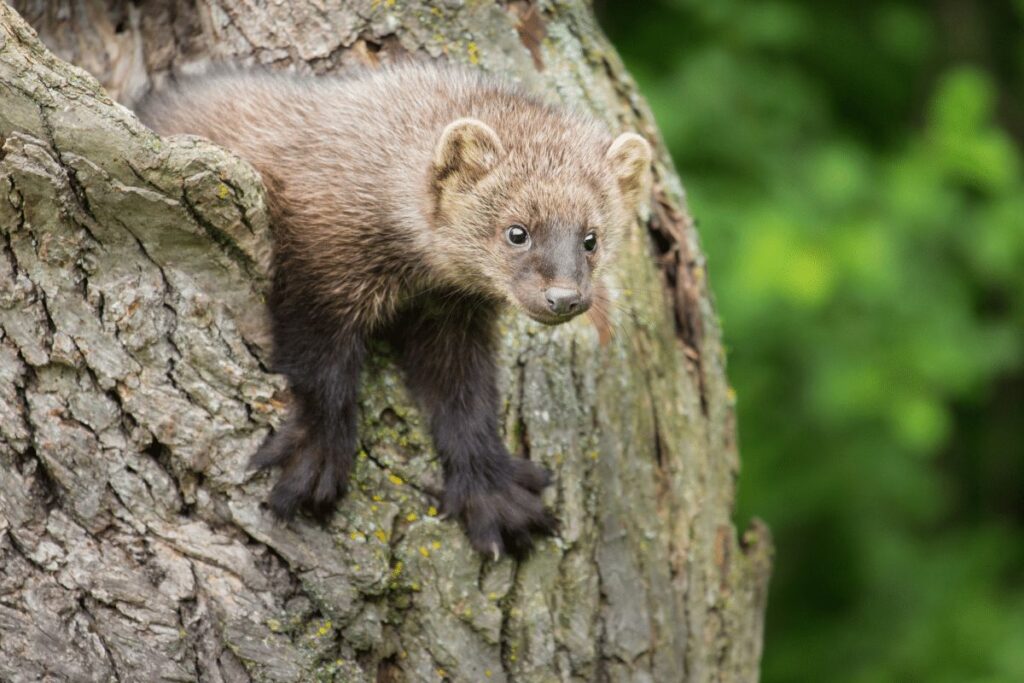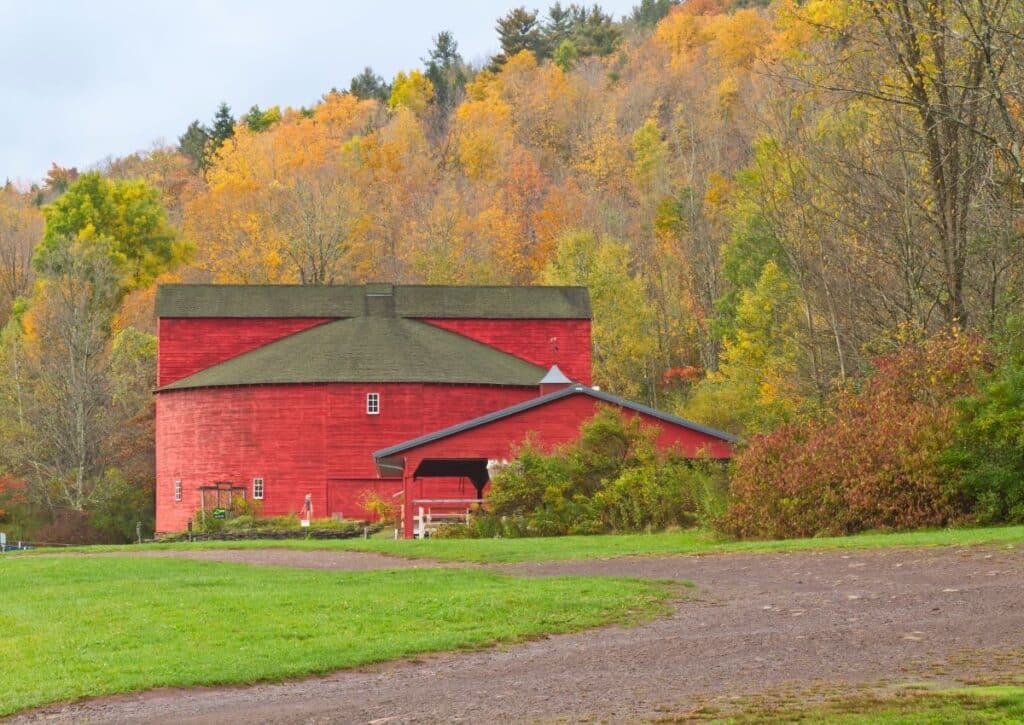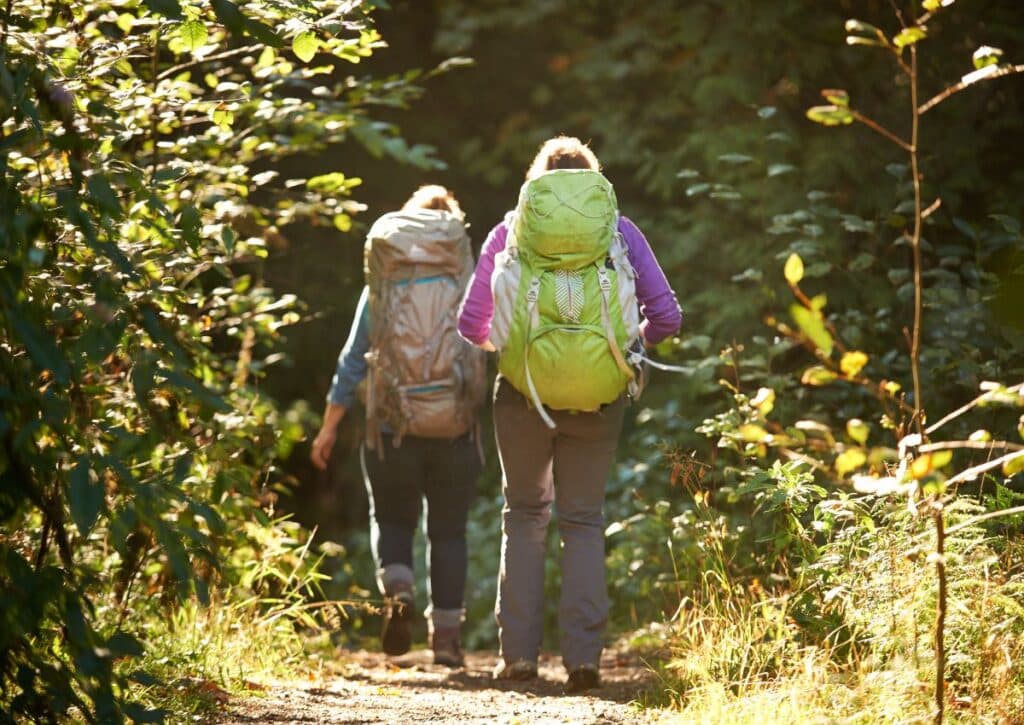Uncover 12 amazing Animals in the Catskills we've spotted on hikes! Dive into wild tales, top spots, and tips for your own nature encounters.
Hey, nature enthusiasts! Ready to see who’s hanging out in the Catskills? We’ve been hiking and ticking off our wildlife checklist, and we’ve got some fun tales to tell.
From unexpected black bear sightings to charming encounters with woodchucks, we’re sharing our top 12.
Plus, we’ll clue you in on the best spots to have your own wild meet-and-greet. Grab your binoculars, let’s dive into some animal adventures in the Catskills!
1. Black Bears
The Catskills are home to a variety of wildlife, including black bears. While these animals are generally shy and avoid contact with humans, they can be dangerous if they feel threatened.
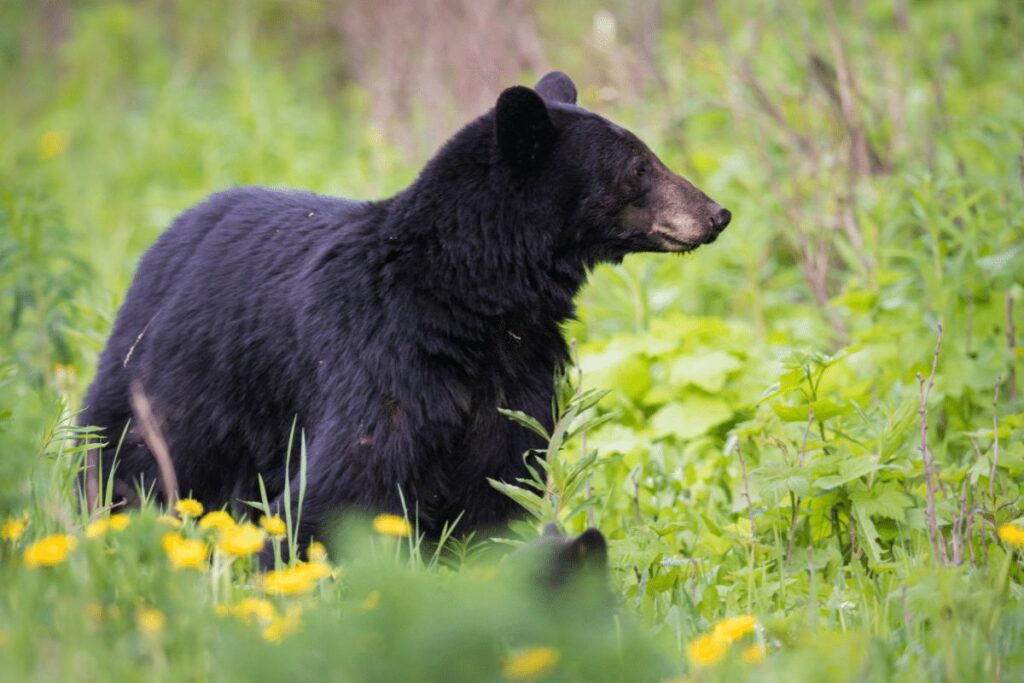
If you see a black bear while hiking in the Catskills, do not approach it and give it space to move away. If the bear does not leave, slowly back away and make a lot of noise to scare it off.
2. White-Tailed Deer
White-tailed deer are the most common large mammal in the Catskills. These graceful creatures are often seen darting through the woods or grazing in fields and meadows. Although they are generally shy around humans, they will sometimes allow people to approach them for a closer look.
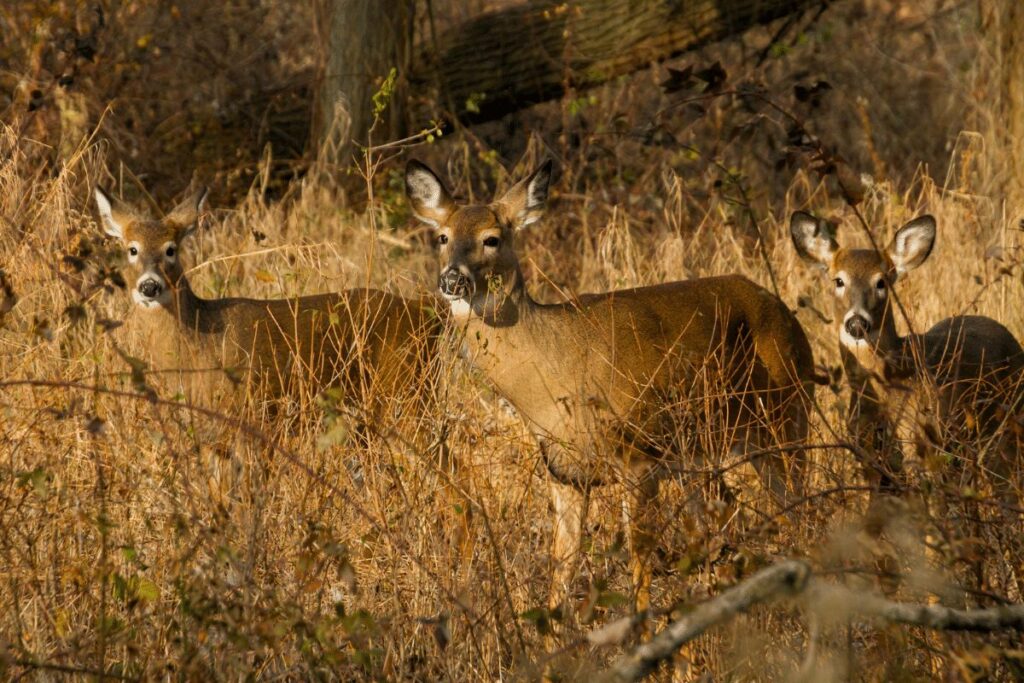
Pocono Wildlife rehabilitates injured and orphaned white-tailed deer, and returns them to the wild.
3. Coyotes
One of the most common animals you’ll see in the Catskills is the coyote. These cunning creatures are often seen prowling around in the early morning or evening, in search of a meal.
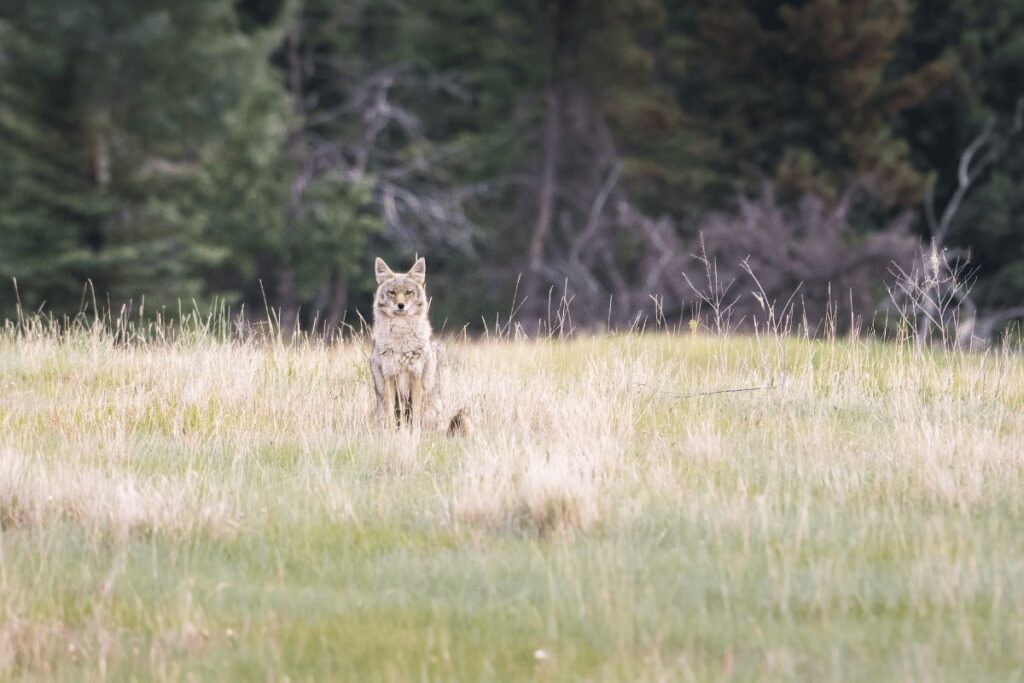
While they may look scary, they’re actually shy around humans and will usually avoid contact. However, if you do happen to see one up close, be sure to admire its beauty from a distance – they’re truly magnificent animals!
4. Woodchucks
There are few animals as synonymous with the American countryside as the woodchuck. Also known as the groundhog, these plump little rodents are a common sight in fields and forests across the country.
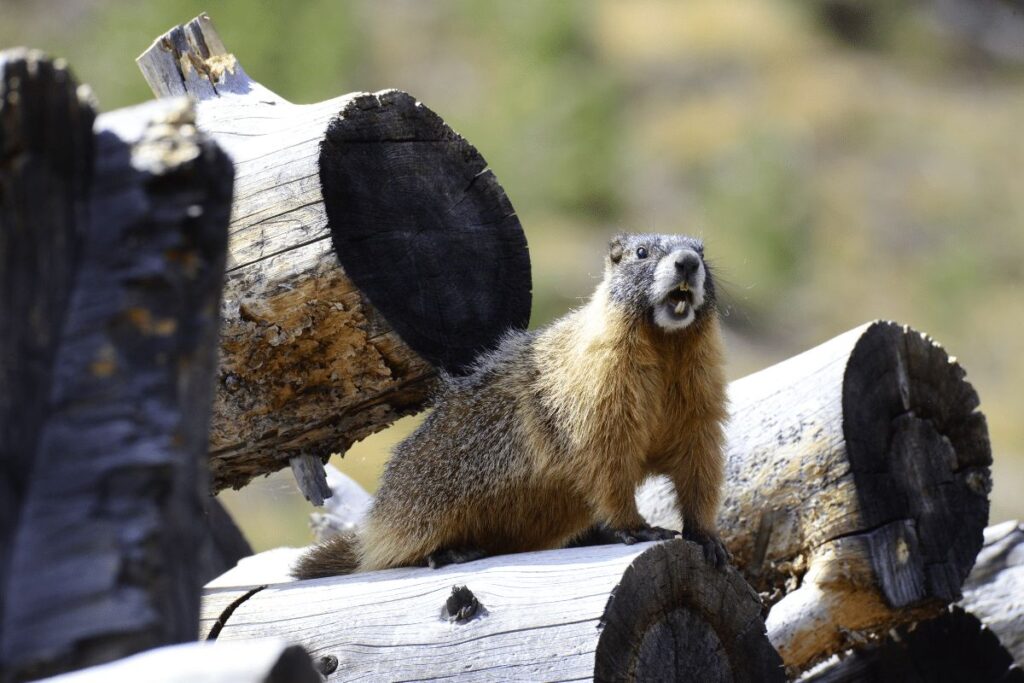
Despite their unassuming appearance, woodchucks are actually quite interesting creatures. Here are a few fun facts about these furry little mammals:
Woodchucks are members of the squirrel family.
They can live up to six years in the wild.
A woodchuck’s diet consists mostly of plants and vegetables.
Woodchucks are excellent swimmers and can stay submerged for up to five minutes at a time.
These animals hibernate during the winter months.
5. Red Foxes
Red foxes are especially active in the early morning and evening hours, so keep your eyes peeled!
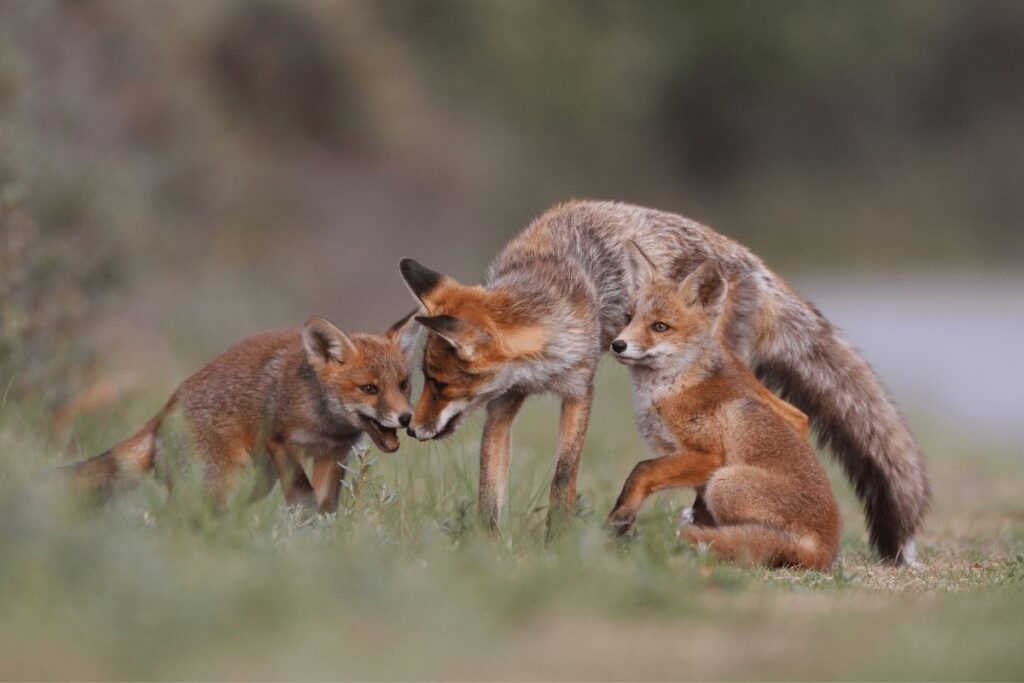
If you’re lucky enough to spot one, you’ll see that they’re incredibly agile and quick, making them difficult to catch.
However, their beautiful red fur makes them a popular target for hunters.
6. Raccoons
Raccoons are nocturnal creatures, so you’re most likely to see them at night. They are very curious animals and will often approach humans if they see us, which can lead to some interesting encounters!
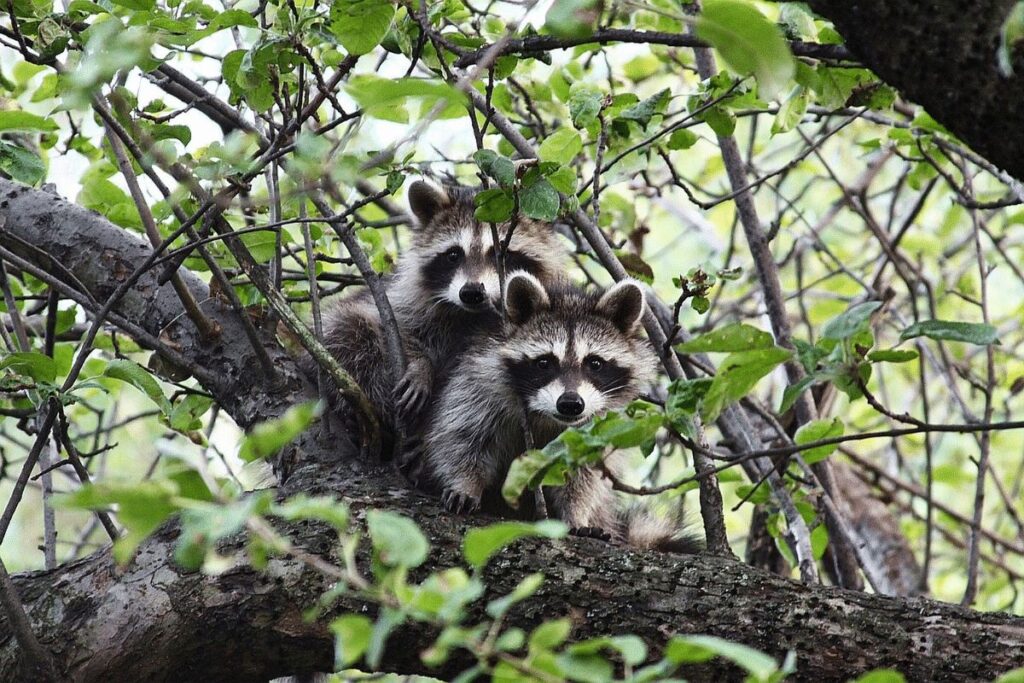
One of our most memorable raccoon encounters happened when we were hiking back from a waterfall late at night. We saw a raccoon on the trail in front of us and started to follow it, thinking it would lead us back to our campsite. But the raccoon had other ideas and led us on a merry chase through the woods! We finally lost sight of it, but it was a fun adventure.
If you’re lucky enough to see a raccoon in the wild, be sure to give it plenty of space and don’t try to feed it. These playful creatures can be quite mischievous, but they’re also wild animals and should be treated with respect.
7. Wild Turkeys
One of the most popular animals in the Catskills is the wild turkey.
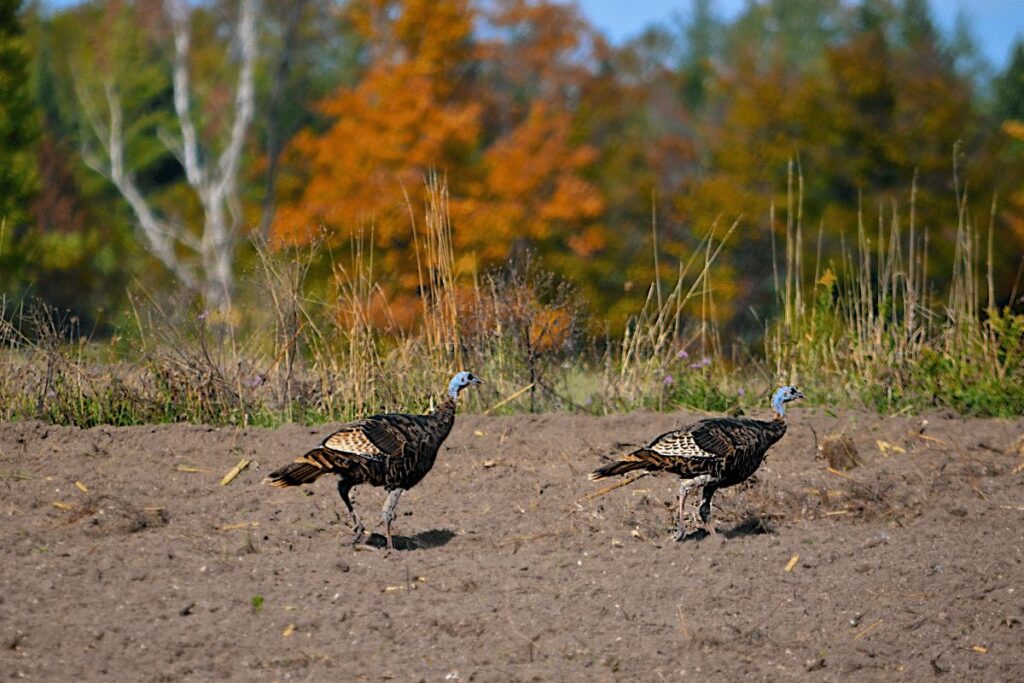
These majestic birds can be seen strutting around in fields and forests, and are a common sight during the fall and spring. While they may seem tame, it’s important to remember that they are wild animals and should not be approached.
8. Skunks
There are few animals more synonymous with the wild than skunks. The black-and-white creatures are often considered a nuisance, but they play an important role in the ecosystem. Skunks are scavengers and help to clean up carcasses and other food sources.
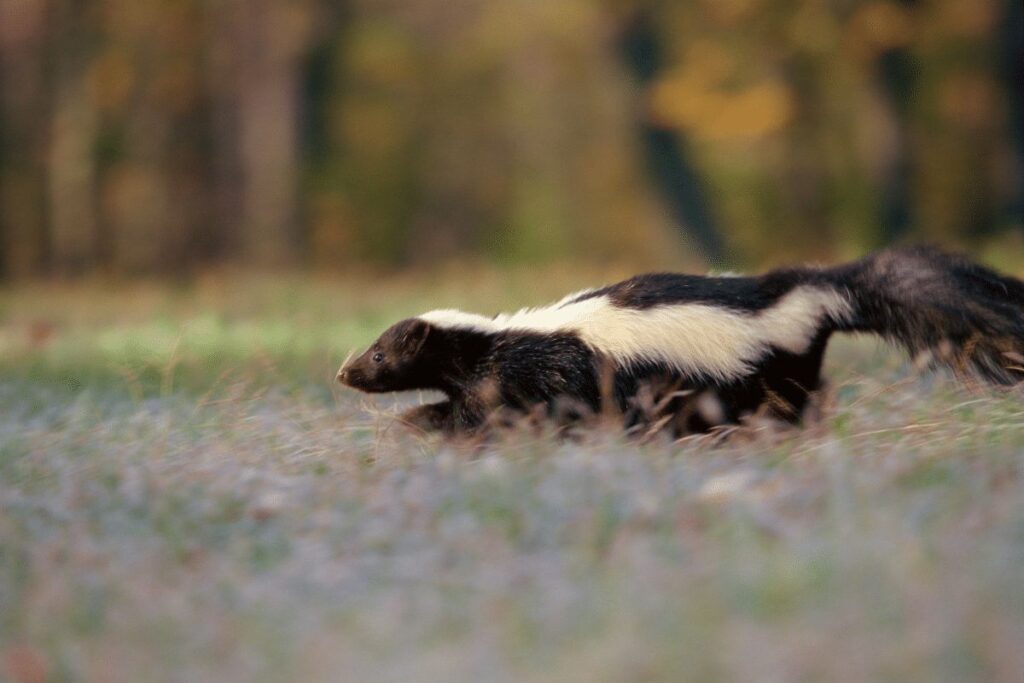
In the Catskills, skunks are most active at night, so you’re unlikely to see one during the day. If you do spot a skunk, be sure to give it plenty of space. These animals are generally docile but can spray if they feel threatened.
While skunks may not be the most popular animal in the region, they play an important role in keeping the ecosystem healthy. So next time you see one, take a moment to appreciate these fascinating creatures.
9. Hawks
These majestic birds of prey are a sight to behold, and their powerful hunting abilities make them a top predator in the region.
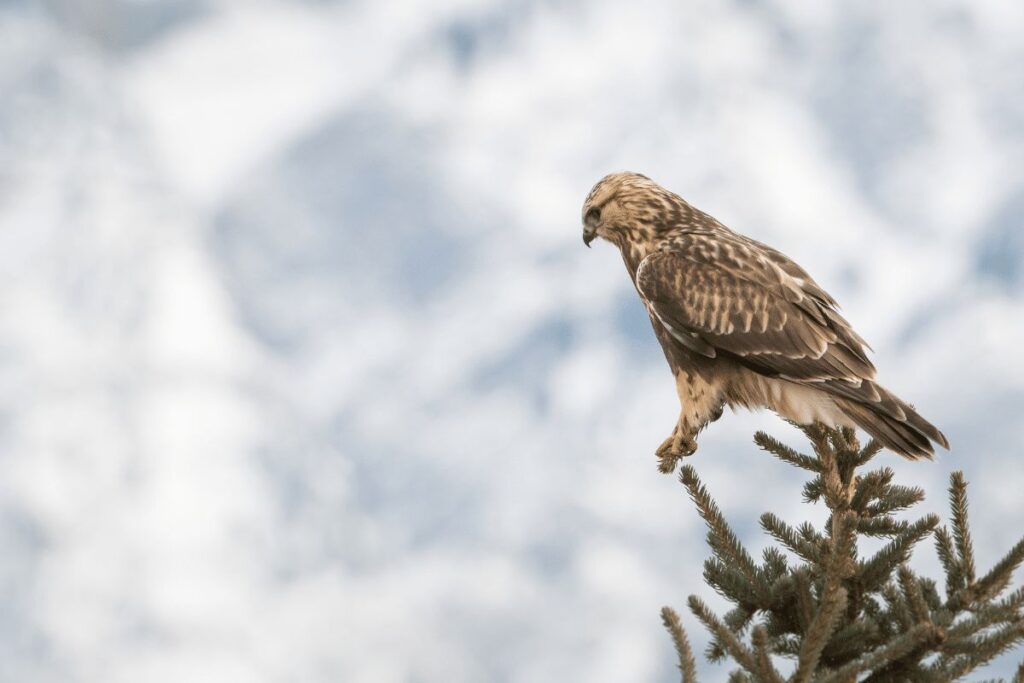
There are several different species of hawks that call the Catskills home, including the red-tailed hawk, Cooper’s hawk, and sharp-shinned hawk. Hawks can be seen throughout the year in the Catskills, but they are most active in the spring and summer months when they are breeding and raising their young.
Hawks typically hunt during the day, using their keen eyesight to spot potential prey from high above. Once they have spotted their target, they will dive down at speeds of up to 150 miles per hour to make the kill. Hawks usually eat small mammals such as rodents or rabbits, but they will also feast on birds, reptiles, and insects.
If you’re lucky enough to see a hawk up close, you’ll notice that these birds are truly magnificent creatures. Their plumage is often beautiful, with striking colors that range from deep browns to bright whites. And their large eyes give them an intense stare that is both intimidating and mesmerizing at the same time.
No matter where you go in the Catskills, keep your eyes peeled for these amazing animals. With a little patience and luck, you just might be rewarded with a once-in-
10. Great Horned Owls
Great Horned Owls are known for their large size, their striking features, and their distinctive call. Great Horned Owls can be found in many different habitats in the Catskills, including forests, wetlands, and even open fields.
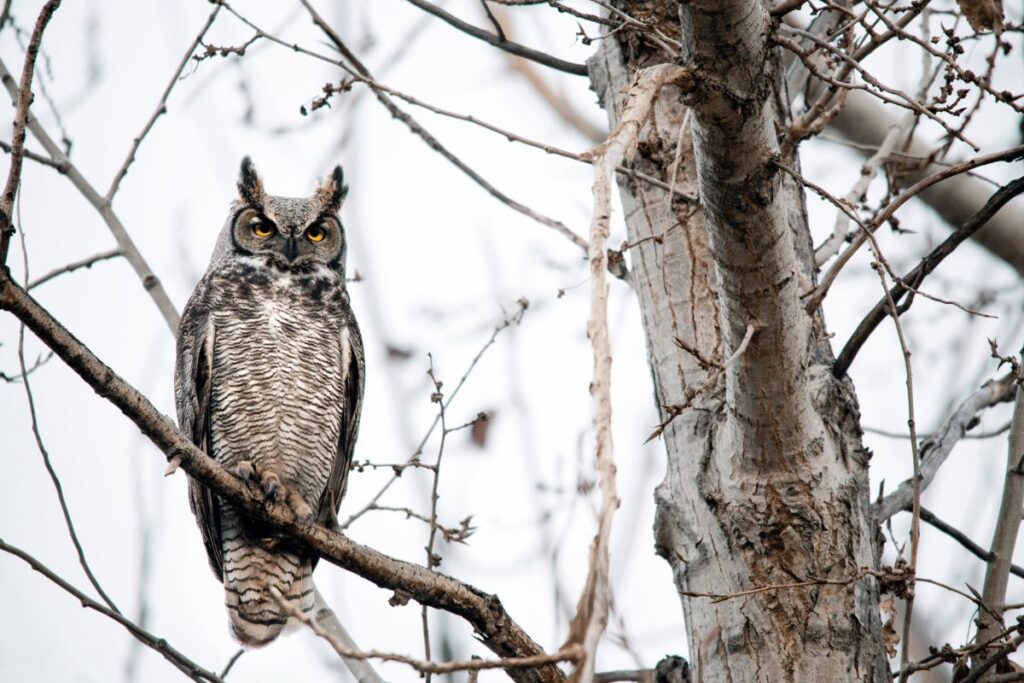
If you’re lucky enough to spot a Great Horned Owl in the wild, you’ll likely see it perched atop a tree or fence post, scanning the ground for its next meal. These owls are stealthy hunters, and they have been known to take down prey much larger than themselves. Great Horned Owls typically eat small mammals like mice and voles, but they will also eat birds, reptiles, and amphibians.
If you’re interested in seeing a Great Horned Owl up close, there are several places in the Catskills where you can go on owl walks or participate in owl-watching programs. These programs offer a great opportunity to learn more about these fascinating creatures and see them in their natural habitat.
11. Fishers
Fishers are a type of weasel that can be found in the Catskills. They are adept tree climbers and skilled hunters, preying on small mammals such as squirrels and rabbits. While they are not typically aggressive towards humans, they can be fierce when protecting their young or territory.
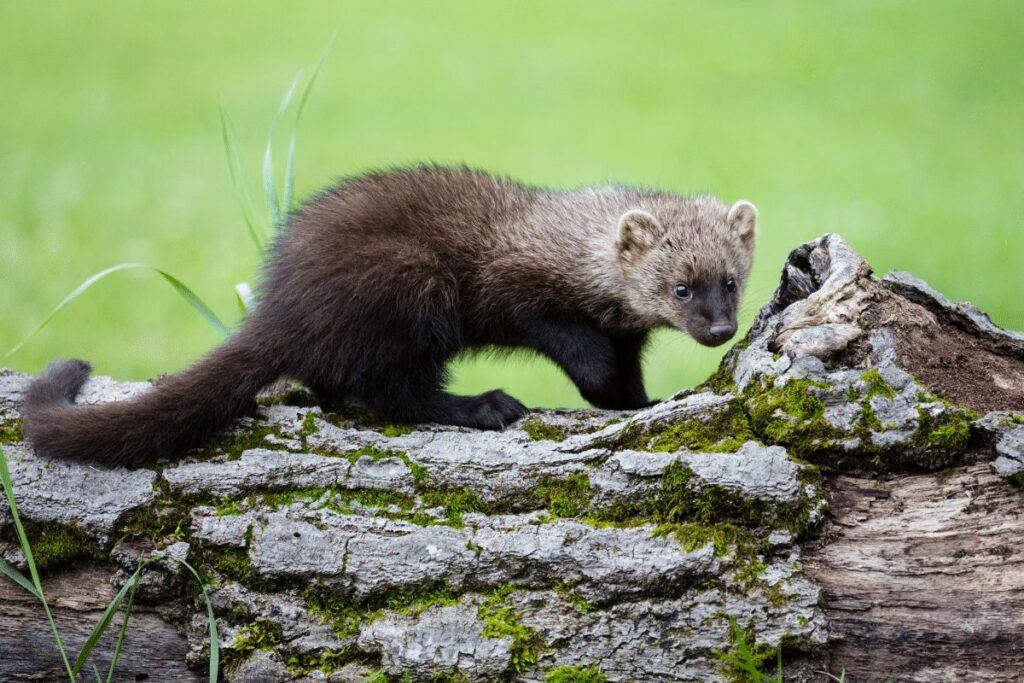
If you’re lucky enough to spot a fisher in the wild, you’re sure to have an unforgettable experience.
12. Northern Copperhead
The Northern Copperhead is usually found in wooded areas, but can also be found in fields and near streams. Northern Copperheads are brown or copper in color, with a dark brown or black head. They can grow to be 3-4 feet long.
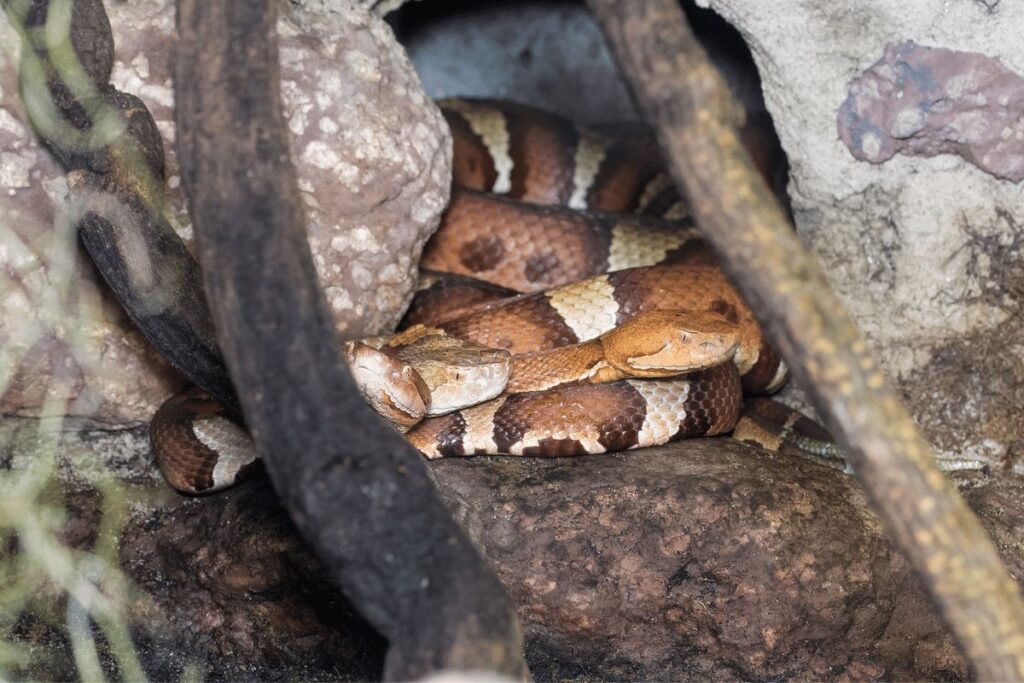
Northern Copperheads are usually active from April to October, and they feed mainly on small rodents, frogs, and lizards. They often stay in the same area for a long period of time as they hunt for food.
Copperheads are usually not aggressive and will only bite if provoked or threatened. If you come across a Copperhead, it is recommended that you leave it alone and give it plenty of space.
Wildlife Watching Hotspots in the Catskill Mountains
There are many hotspots for wildlife watching in the Catskill Mountains. Some of the best spots include:
Roundtop Mountain
The mountain is home to a variety of animals, including deer, bears, coyotes, and foxes. There are also a variety of birds that can be seen on the mountain, including eagles, hawks, and owls.
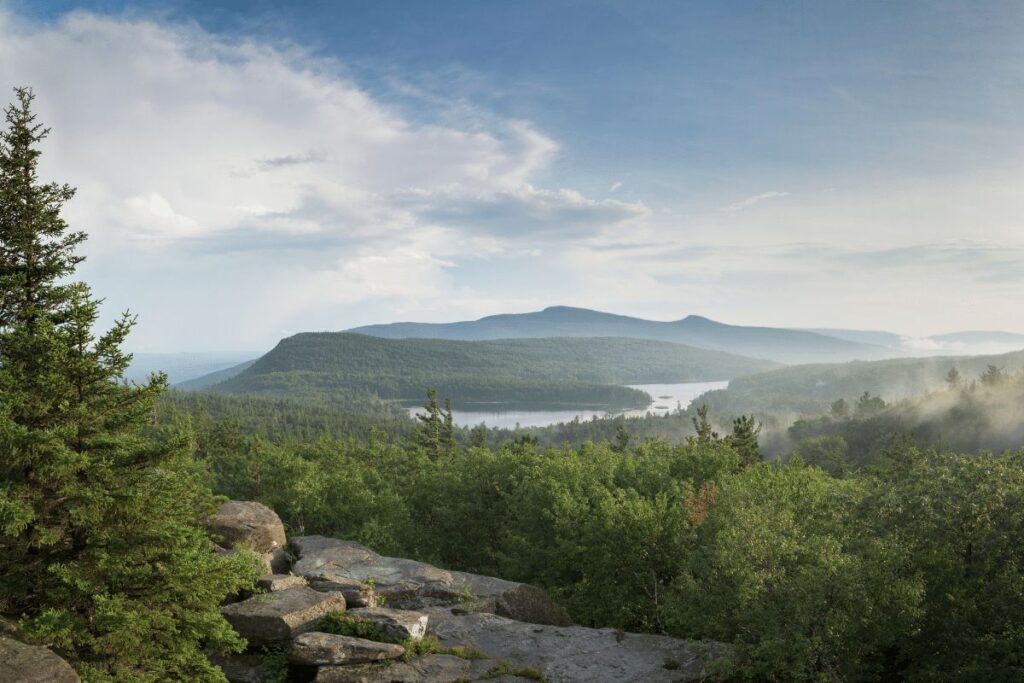
The mountain is popular with hikers and campers, as it provides excellent views of the surrounding countryside. There are a number of trails that are suitable for all levels of experience, from beginner to advanced.
Roundtop Mountain is also a popular spot for rock climbing, as there are many cliffs and outcroppings that provide challenging climbs for experienced climbers. The mountain is also home to a variety of plants and flowers, including wildflowers, ferns, and mosses.
Overlook Mountain
Overlook Mountain offers a great view of the surrounding area and is home to a variety of wildlife, including deer, bears, and coyotes. There are also a number of hiking trails that wind through the forest and offer up close views of the animals.
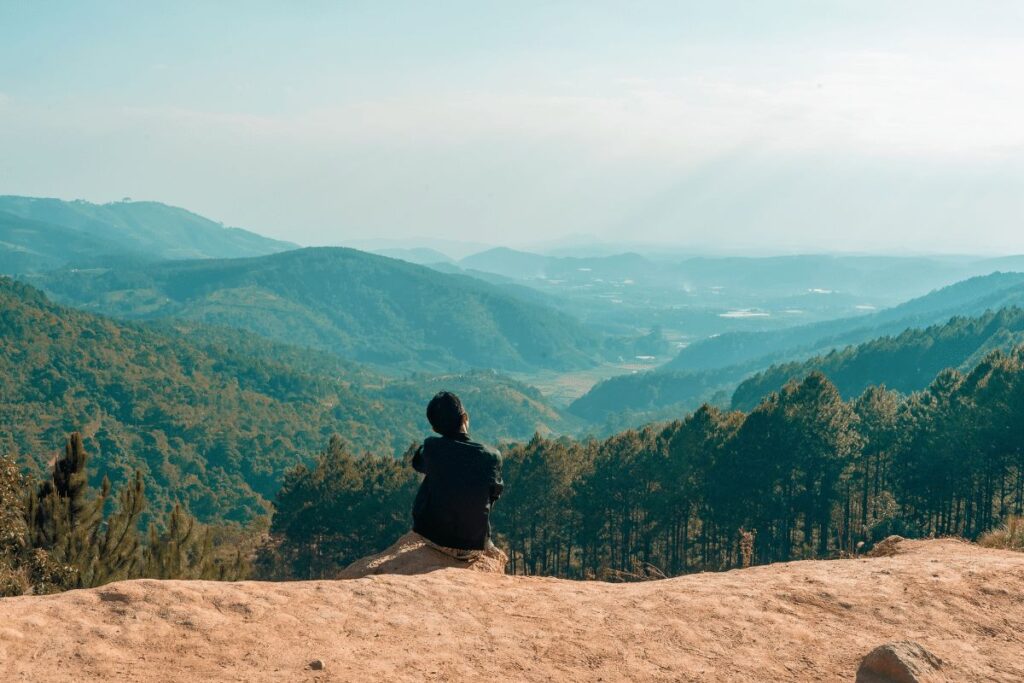
Overlook Mountain also offers some great camping spots. There are several primitive campsites, as well as a few developed camping sites with amenities. You can also find picnic tables and charcoal grills for those who want to enjoy a meal outdoors.
The mountain is located about an hour from New York City and is accessible via the scenic Overlook Drive. It is free to enter the area, and you can explore the trails on foot, bike, or car. Visitors should be aware of their surroundings when exploring the area, as there are numerous wildlife that could be startled easily by loud noises or sudden movements.
Kaaterskill High Peak
The Kaaterskill High Peak is one of the tallest mountains in the Catskills, reaching an elevation of 4,226 feet. It’s a popular spot for hikers and nature lovers, offering stunning views of the surrounding mountains and valleys.
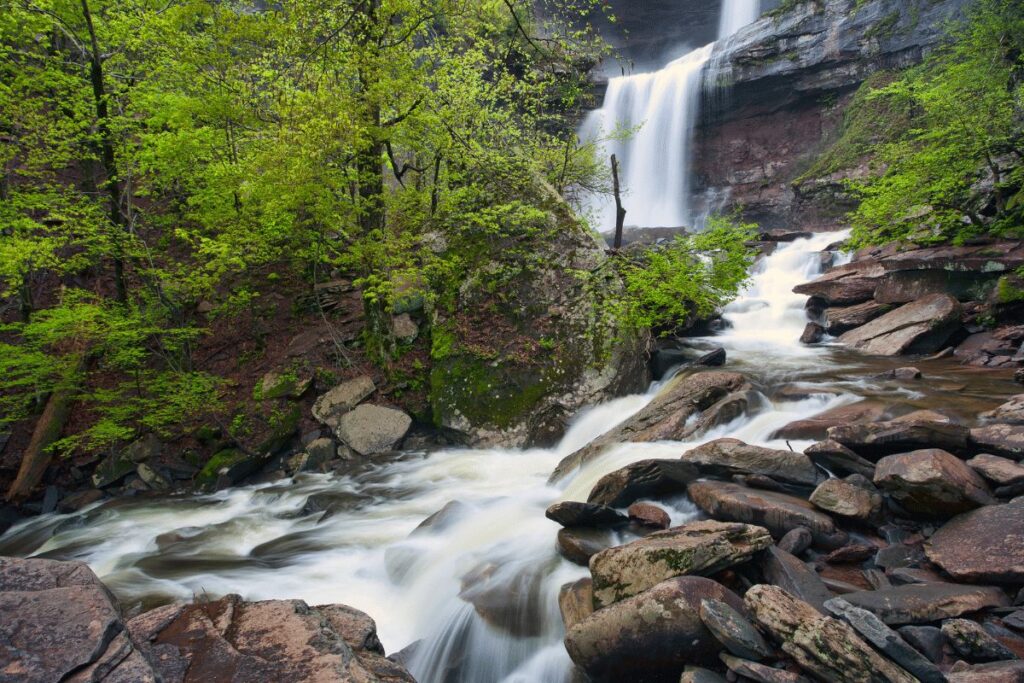
The peak is home to a variety of wildlife, including black bears, white-tailed deer, bobcats, and coyotes. In the winter months, the Kaaterskill High Peak is also a popular spot for snowshoeing and cross-country skiing.
The Kaaterskill High Peak is accessible via several hiking trails of varying difficulty. The most popular and easiest way to reach the summit is via the Kaaterskill Falls Trail, which is a moderate hike that takes around two hours and covers 2.3 miles each way. This route follows an old carriage road and provides breathtaking views of the surrounding mountain range.
Panther Mountain
Panther Mountain is home to a variety of animals, including black bears, bobcats, and deer. There are also a variety of birds that can be seen on the mountain, such as eagles, hawks, and ospreys. Panther Mountain offers an excellent opportunity to see a variety of wildlife in their natural habitat.
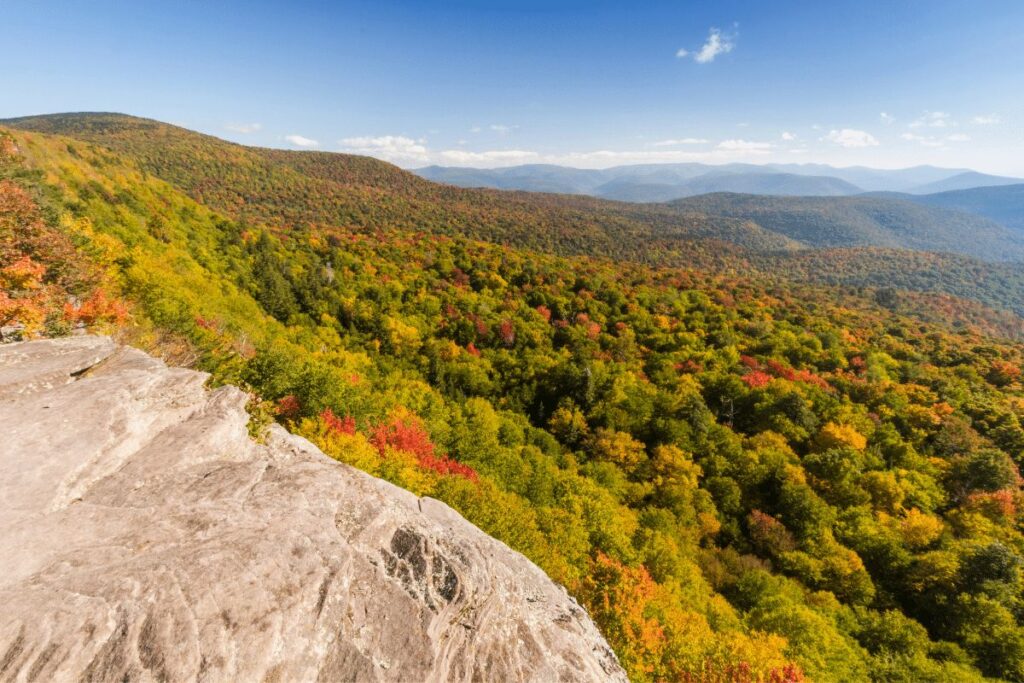
In addition to wildlife watching, Panther Mountain also offers a wide range of recreational activities. Hiking is the most popular activity on the mountain, and there are a variety of trails available for hikers of all skill levels. The mountain is also popular for rock climbing, and several accessible climbing spots can be found along the trails. For those looking for a more relaxing experience, Panther Mountain also offers camping sites, fishing spots, and picnic areas.
The Panther Mountain area has been designated as a protected wildlife refuge by New York State, so visitors should take care not to disturb the natural environment while exploring the area.
Hunter Mountain
Hunter Mountain is home to a large number of bird species, including several rare and endangered species. Mammals such as deer, black bears, and bobcats can also be found on Hunter Mountain.
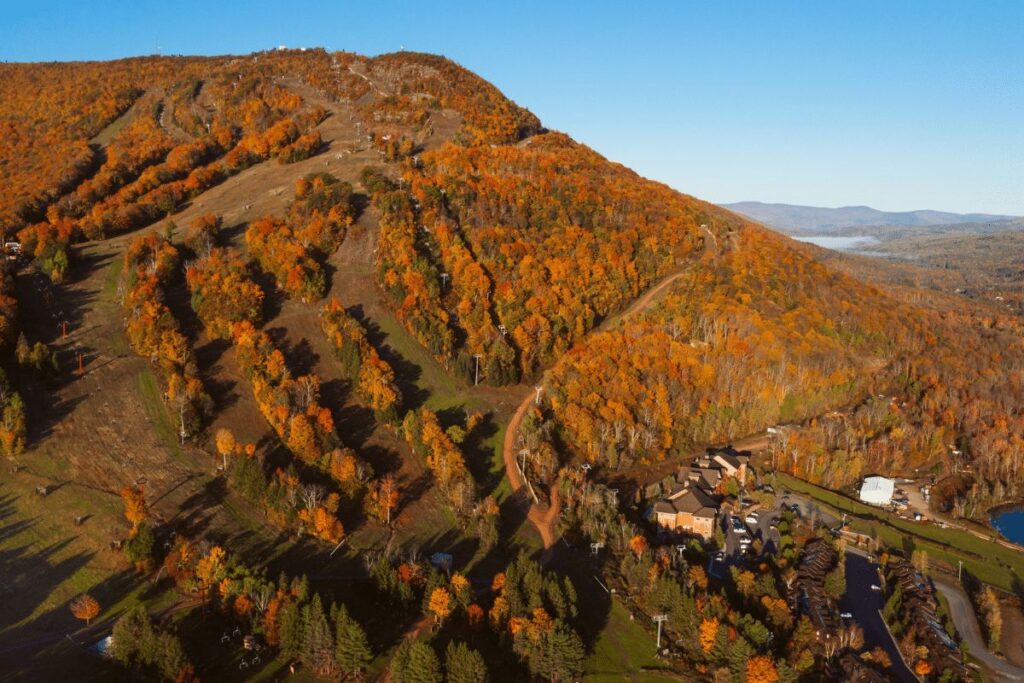
The mountain is popular for its ski resort and ski trails. There are also hiking trails that lead to the summit of Hunter Mountain, which is 4,040 feet above sea level. The mountain has scenic views of the surrounding Catskill Mountains, as well as several ponds and streams.
In addition to skiing and hiking, visitors can enjoy canoeing, kayaking, swimming, fishing, camping, and picnicking. The nearby town of Hunter also offers shopping and dining options.
Windham High Peak
The views from the top of Windham Peak are incredible, and you can often see a variety of animals including deer, coyote, fox, and even bears. If you’re lucky, you might even spot an eagle or two.
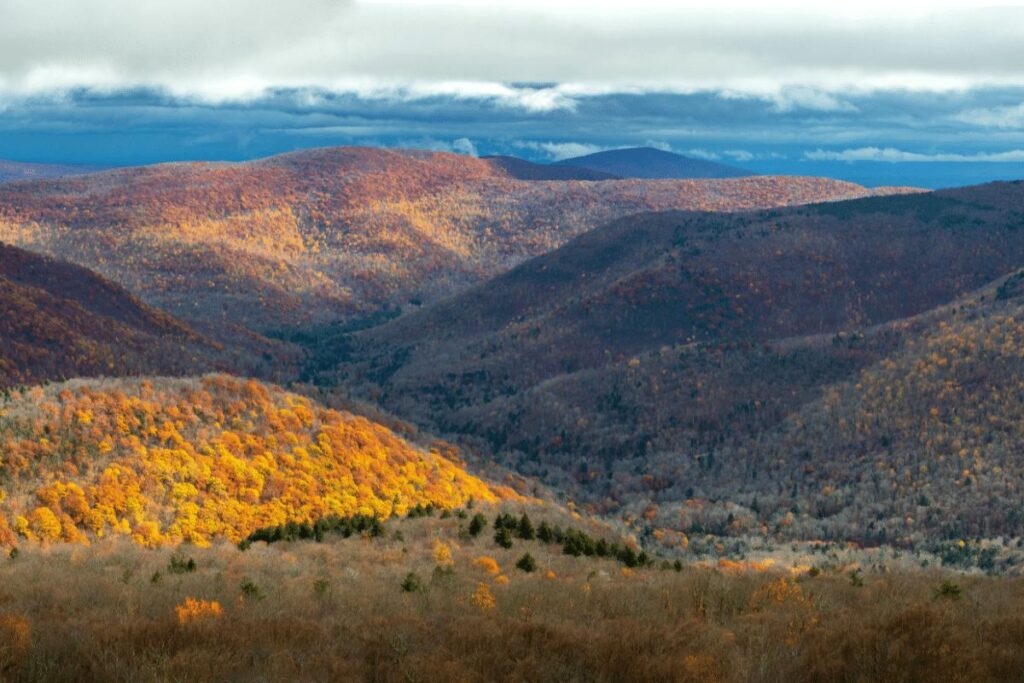
The peak stands at 3,655 feet, and there is a fire tower that sits atop the peak. It was built in 1926, and it is still standing today. There are also several trails that lead to the summit, including the popular Devil’s Path trail.
The peak is part of the Catskill Mountains, and it is a popular spot for hikers and nature lovers. The summit offers spectacular views of the surrounding mountains and valleys, as well as some interesting rock formations. There are also several streams that run down its slopes, making it a great spot to enjoy some fishing.
Rogers Island State Park
Rogers Island State Park offers a variety of habitats for a variety of animals, including woodlands, wetlands, and meadows. There are also a number of trails that wind through the different habitats, making it easy to explore the park and see the wildlife.
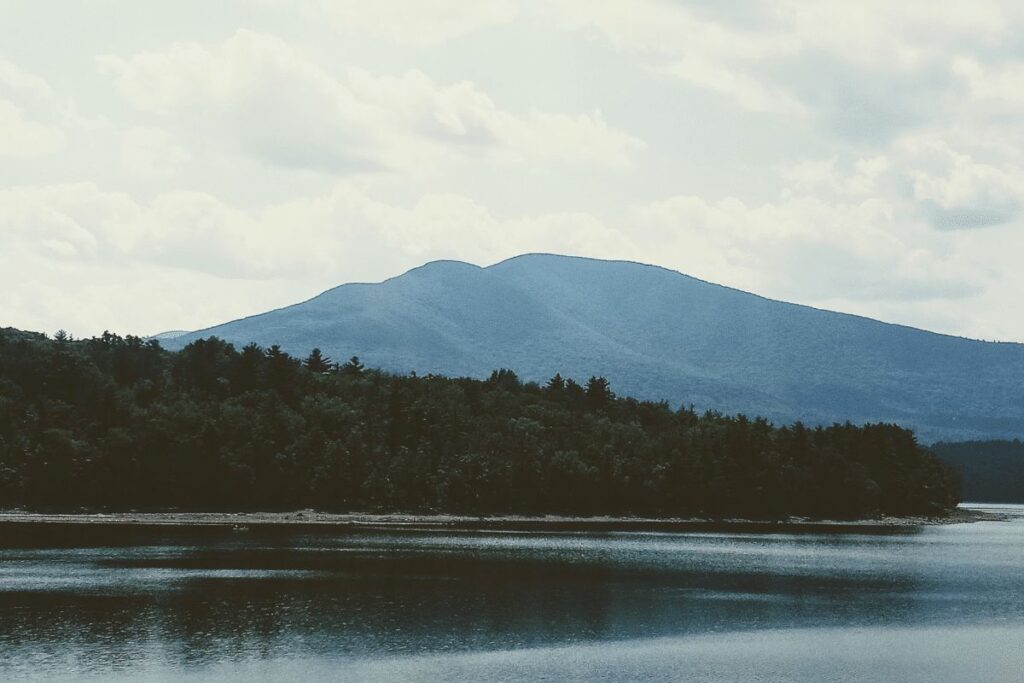
The park is home to many species of birds, mammals, reptiles, amphibians, and fish. There are also a variety of plants and trees found throughout the area. Visitors can explore the wetlands and woodlands through various trails that take them past some of the park’s most scenic views.
Balsam Lake Mountain
Balsam Lake Mountain is home to a variety of animals, including black bears, white-tailed deer, bobcats, and wild turkeys. There are also several species of birds that can be seen on the mountain, such as eagles, hawks, and ospreys.
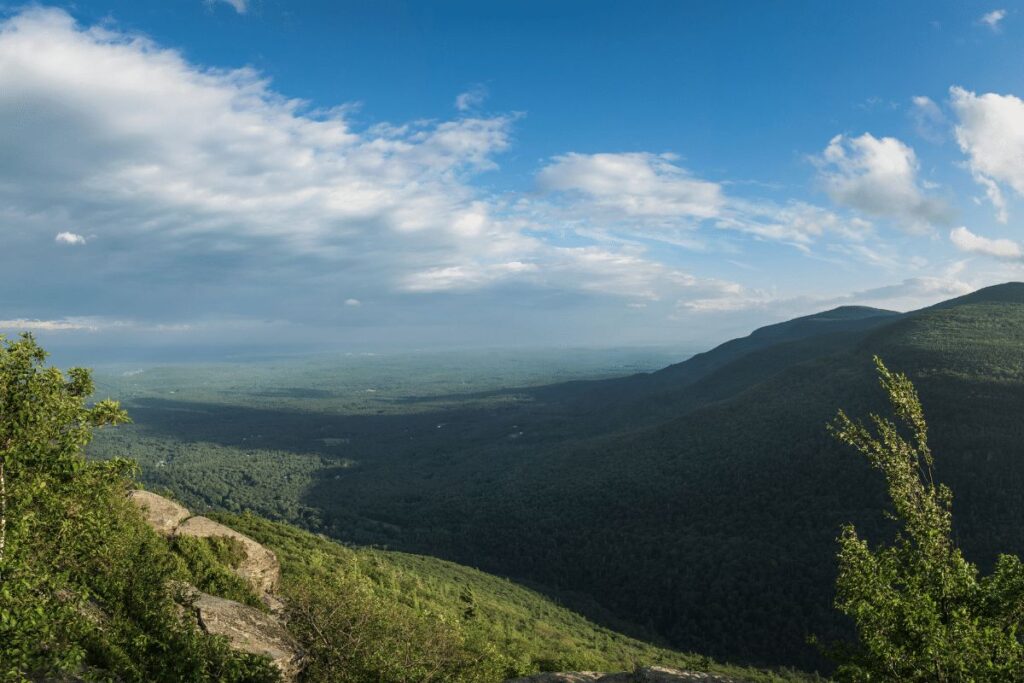
The mountain is located in Sullivan County, New York. Balsam Lake Mountain is part of the Shawangunk Ridge region and offers great views of the area. At an elevation of 1,723 feet, it is one of the highest peaks in the Catskills region.
Balsam Lake Mountain is popular among hikers and outdoor enthusiasts for its easy access and stunning views. The mountain has several trails ranging from easy to difficult that offer visitors a chance to explore the area.
There are also plenty of opportunities for camping, fishing, and other outdoor activities on or near Balsam Lake Mountain.
Tips for Animal Encounters While Hiking
When venturing out into the wild, it’s important to be prepared for any animal encounters you may encounter. Here are a few tips to help you stay safe and enjoy your hike:
1. Make noise and be aware of your surroundings. This will help you avoid surprising any animals and give them a chance to move away before you get too close.
2. Never approach or feed an animal. Even the most docile-seeming animals can be dangerous if they feel threatened.
3. If you do come across an animal, observe it from a distance and give it plenty of space to move away safely.
4. Be especially cautious around water sources, as these are often areas where animals congregate.
5. If you’re hiking with pets, keep them under control at all times and be sure to clean up after them so as not to attract predators.
6. Plan your trip in advance: The Catskills are a large and popular region for wildlife watching, so it’s important to plan your trip in advance. Make sure to research the best times of year to see specific animals, as well as the best places to view them.
7. Pack appropriately: Be sure to pack binoculars, a camera, and comfortable walking shoes. If you’re planning on doing any hiking, be sure to bring plenty of water and snacks.
8. Be respectful: Remember that you are visiting the animals’ home. Be sure to stay on designated trails, keep your noise level down, and don’t approach or disturb the animals. 4. Choose the right time of day: Wildlife is often most active during dawn and dusk, so plan your trip accordingly.
9. Be patient: It can take time to spot animals in the wild, so be sure to give yourself plenty of time to observe.
10. Dress for the weather: The Catskills can get quite cold in the winter months, so make sure you dress appropriately for the conditions.
By following these simple tips, you can ensure a safe and enjoyable hike for both yourself and the wildlife you share the trail with!
Frequently asked questions
What animals are common in the Catskill Mountains?
The Catskill Mountains, located in southeastern New York State, are home to a diverse range of animals. Common mammals found in the region include white-tailed deer, black bears, raccoons, porcupines, red and gray foxes, beavers, and river otters.
There are also various species of rodents, such as chipmunks and squirrels. Birds are abundant and include species like wild turkeys, woodpeckers, and various birds of prey like hawks and bald eagles.
The area is also home to amphibians like frogs and salamanders, as well as reptiles such as snakes and turtles.
Are there cougars in Catskills?
Cougars, also known as mountain lions or pumas, were once found throughout the Catskills but were extirpated from the area by the early 20th century due to habitat loss and hunting.
There have been occasional reports of sightings in the region, but these claims have not been verified with substantial evidence. It is unlikely that a breeding population of cougars exists in the Catskills.
Are there wolves in the Catskills?
Gray wolves were once native to the Catskill Mountains but were eliminated from the region by the late 19th century due to hunting, trapping, and habitat loss. Currently, there are no known wild wolf populations in the Catskills.
Are there panthers in the Catskills?
The term “panther” can refer to various big cat species such as leopards, jaguars, and cougars. However, none of these species are native to the Catskills. Cougars, as mentioned earlier, were once present but are now considered extirpated from the area.
Are there moose in the Catskills?
Moose were historically found in the Catskills, but their populations significantly declined due to overhunting and habitat loss. In recent years, moose have been making a slow comeback in New York State, with occasional sightings in the Adirondack and Catskill regions. However, their presence in the Catskills is still rare and not well-established.
Do bears live in the Catskills?
Yes, black bears are native to the Catskill Mountains and are relatively common in the region. They typically inhabit forested areas and can sometimes be seen foraging for food near human settlements.
What are the Catskills famous for?
The Catskill Mountains are famous for their natural beauty, recreational opportunities, and rich cultural history. The region offers a variety of outdoor activities such as hiking, fishing, hunting, skiing, and camping. The Catskills are also known for their role in American art and literature, with the Hudson River School of painters and authors like Washington Irving drawing inspiration from the area. Additionally, the Catskills were the site of the 1969 Woodstock Music and Art Fair, a landmark event in American music history.
What big cats live in upstate NY?
The only big cat native to upstate New York, including the Catskill region, is the bobcat. The bobcat is a medium-sized wild cat, smaller than cougars, leopards, and jaguars. They are predators that primarily prey on rabbits, hares, and other small mammals.
Are there bobcats in the Catskills?
Yes, bobcats are present in the Catskill Mountains. They are elusive and solitary animals that prefer dense forest habitats with ample cover for hunting and denning. While they are not commonly seen, their presence in the Catskills is well-established.
Conclusion
Exploring the Catskills is a great way to get out and experience some of nature’s wildest creatures. From black bears to bald eagles, you never know what you may encounter on your next outdoor adventure.
Our top 12 animal encounters have given you insight into the kinds of wildlife that inhabit this beautiful region and inspired you to explore even further! So grab your gear, lace up those boots, and hit the trails – who knows what kind of creatures await discovery in these majestic mountains?

